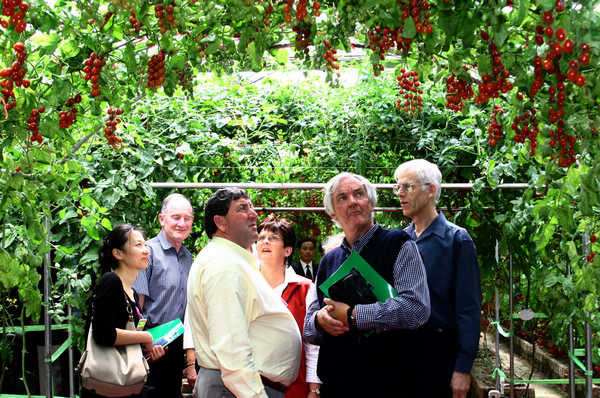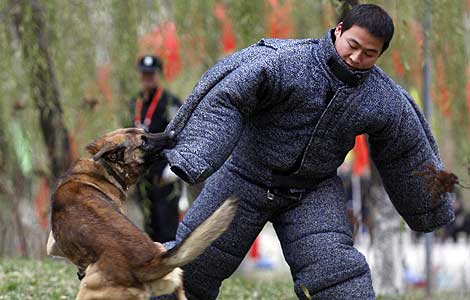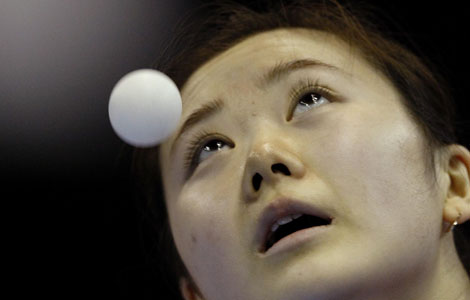Color on the table in winter
Updated: 2011-12-04 08:30
By Jin Zhu (China Daily)
|
|||||||||
|
 |
|
Domestic and foreign agricultural experts exchange ideas at the Shouguang Vegetable Hi-tech Model Park. Provided to China Daily |
Sweet potatoes that grow in the air. Square watermelons. Aubergines of all shapes, sizes and colors. Tomatoes as big as a saucer or smaller than a cherry. Cucumbers with yellow flesh, and no burp.
All these are exciting new varieties that go straight from the greenhouses to the markets all over China.
There is now no lack of vegetable varieties on the winter dining table, where once there were only cabbages and leeks to eat during the long cold season.
Anyone over the age of 30 will remember those monotonous winter diets, just as they will remember eating little else but tomatoes all summer long when the heat wilted anything green on the ground.
It is indeed a revolution, a green revolution that has gone straight into every Chinese home, and it all started in Shouguang, a town off the well-beaten track in Shandong.
It was here in 1983 that greenhouse vegetable production was first developed. Since then, Shouguang has earned itself a reputation as China's vegetable research and species development center.
Its greenhouse technology has since been exported throughout the country.
By the end of 2010, the total area devoted to vegetable growing had risen to 56,467 hectares, 67 percent of which were planted in greenhouses. Shouguang now produces 4.38 million tons of vegetables annually, official statistics showed.
The center is also a halfway house where vegetable species from abroad stop and are acclimatized to local growing conditions.
So far, more than 100 kinds of new species of vegetables, such as eggplant and broccoli, had been introduced from abroad to supplement local varieties.
"Some new species of vegetables commonly grown throughout China actually came here first," says Wang Qilong, deputy director of Shouguang Vegetable Hi-tech Model Park.
Some species are bred to better adjust to local conditions and taste, to suit Chinese appetites and also to make them more disease resistant, Wang says.
A lot of research goes on at Shouguang and about 10 to 20 new species of vegetables, including tomatoes, chives and shallots, were also developed by its own scientific teams.
A vast array of fresh fruits and vegetables is now delivered to tables across China and the produce is also exported, to countries like South Korea, Japan, Singapore, and Russia.
Food safety, a major concern for consumers in China, is also on top of the agenda.
In February 2010, many provinces banned the sale of cowpeas grown in Hainan province in the south because high levels of the toxic pesticide isocarbophos were detected.
Two months later in April, nine people in Qingdao, also in Shandong, were poisoned after eating toxic garlic.
"But no such incident has happened in Shouguang. Quality is the lifeblood for our business," Wang says.
"The government had launched strict measures to crack down on substandard agricultural products. Farmers and dealers realize that they cannot conduct business if they get a bad name."
Since 2000, an annual gathering for vegetable farmers, traders and fans attract millions to Shouguang each year, and puts it on the agricultural map worldwide.











